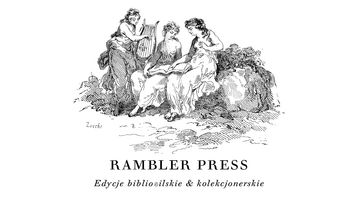Northanger Abbey by Jane Austen
Northanger Abbey is one of Jane Austen’s earliest novels, although it was only published posthumously in 1818, along with Persuasion. Austen completed it as early as 1803 under the working title Susan. The rights to the novel were sold to the publisher Benjamin Crosby & Co. for £10; however, despite purchasing it, Crosby did not proceed with its publication, probably due to the author’s limited popularity at the time.
In 1816, many years after the sale, Jane Austen, through her brother Henry, regained the rights to the novel. She offered Crosby the chance to publish it, but he declined. Ultimately, it was Henry Austen who ensured the work was published after Jane’s death. In 1818, Northanger Abbey was printed by the publisher John Murray, one of the leading publishers of the period.
The novel is a satire of the popular Gothic novels that dominated the literary market at the turn of the 18th and 19th centuries. The protagonist, Catherine Morland, a young and naive fan of the genre, allows her imagination, stirred by mysterious tales, to distort reality. Her fantasies lead to amusing misunderstandings, especially after her arrival at the titular Northanger Abbey.
Initially, the novel did not receive much acclaim. In the 19th century, both readers and critics preferred Austen’s other works, such as Pride and Prejudice and Sense and Sensibility, which focused on social relations and the emotional development of the heroines. Northanger Abbey, as a literary parody, was seen as less serious and, therefore, less valuable.
However, within the context of Austen’s entire body of work, Northanger Abbey stands out as her most humorous novel. Today, it is appreciated for its light tone, witty humor, and clever literary references, though it has not reached the popularity of her major works. For contemporary readers, it remains an intriguing example of literary play with conventions and a subtle satire on the literary trends of the time.
ABOUT THE EDITION
We printed the entire edition on Century Laid paper, with a limited run of 25 copies. The text was set in Bunel Roman No. 2, an electronic version of the typeface originally cut by John Isaac Drury for Elisabeth Caslon, which was popular in Britain at the turn of the 18th and 19th centuries. The Abbey was bound in the style of the era.
Octavo (160 x 250 mm); 2 volumes, Finely bound by hand in full leather. The top edge gilt. In a slipcase.
CONDITION
Brand new copy in a fine binding.

